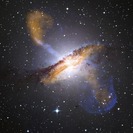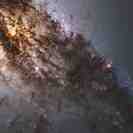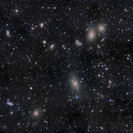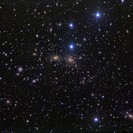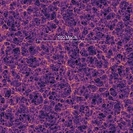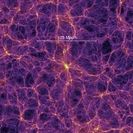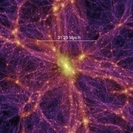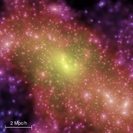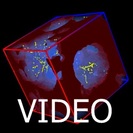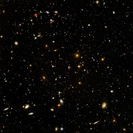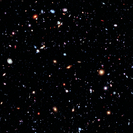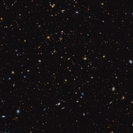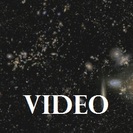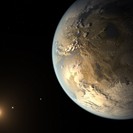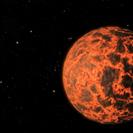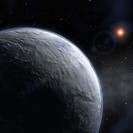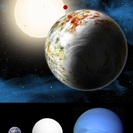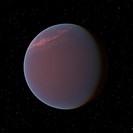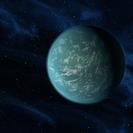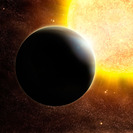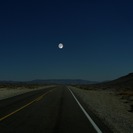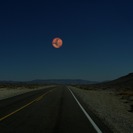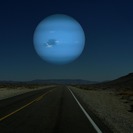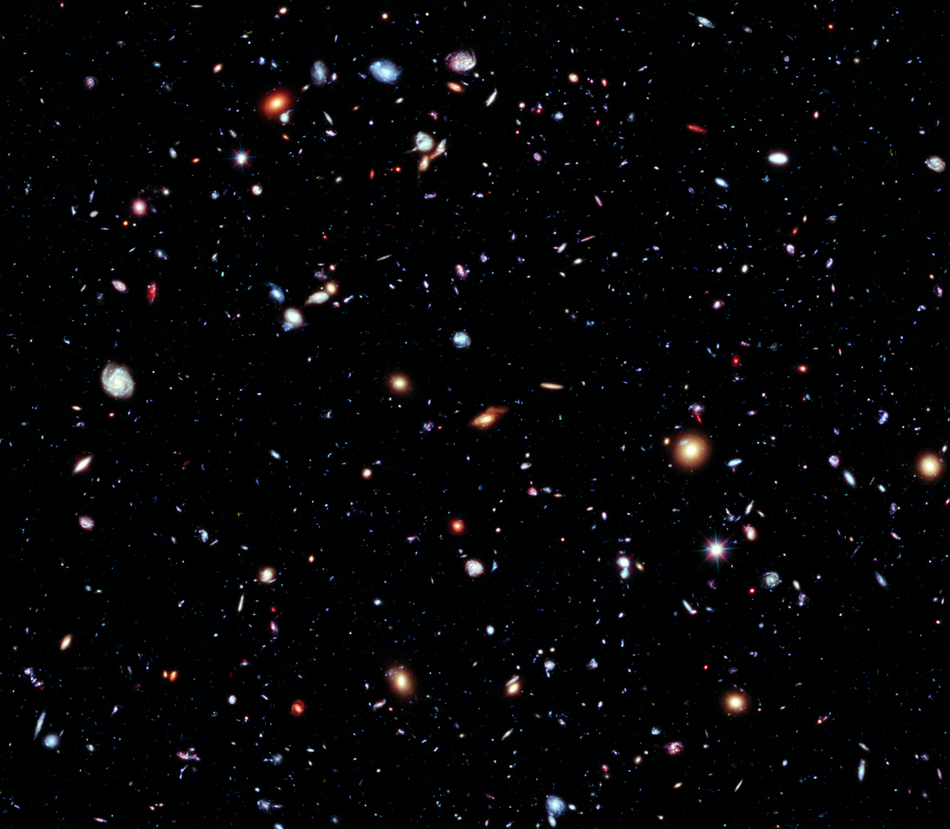If you have seen the Hubble Ultra Deep Field you might recognise some of its approximately 10000 galaxies. The Hubble Extreme Deep Field is a part of the Hubble Ultra Deep Field with an extended exposure time of 23 days instead of 11 days and a narrowed down field of view. Using this image, we can now estimate that the number of galaxies is at least 200 billion.
Most of the galaxies you can see on this image are just little fuzzy dots and their light has travelled between 5 and 9 billion years to reach us. But Hubble is not optimised for finding galaxies that are further away. Due to the expansion of space, the wavelengths of these far galaxies have shifted into the infrared and Hubble is not able to detect them. We therefore need a telescope designed for infrared radiation: the James Webb Space Telescope (JWST). Before its launch, there was another text here: “This telescope will be optimised for the infrared and we expect to see many more galaxies in this part of the sky. Let's see; but be prepared that with the James Webb Telescope we might be able to raise our knowledge of the number of galaxies in the universe to maybe a trillion or more. As has happened so many times in the past, with new tools we are able to discover more of the universe than we had ever been able to before.”. Since the year 2022, the time has finally come: so let's take a look at the same section of the sky with the James Webb Space Telescope in the next picture!

